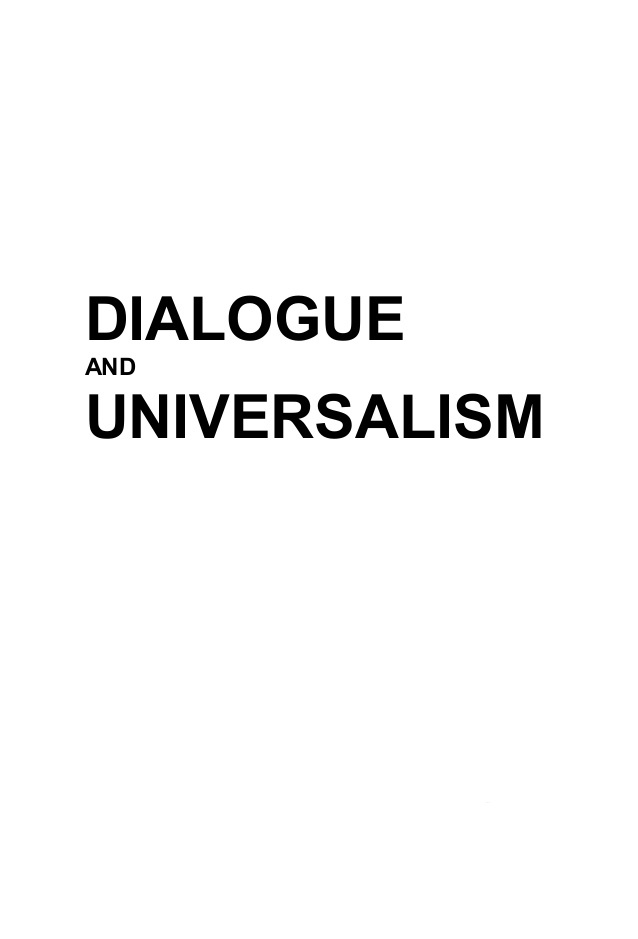CONTROVERSY OVER THE STATUS OF THE COMMUNICATION TRANSMISSION MODELS
CONTROVERSY OVER THE STATUS OF THE COMMUNICATION TRANSMISSION MODELS
Author(s): Michał WendlandSubject(s): Philosophy
Published by: Instytut Filozofii i Socjologii Polskiej Akademii Nauk
Keywords: communication; transmission; psychologism; metaphor; universalism.
Summary/Abstract: The article focuses on the status of the transmission approach to communication. The approach is derived from Claude Shannon’s and Warren Weaver’s mathematical theory of communication, and is primarily used for the analysis of telecommunications processes. Within the model a metaphorical conceptualisation of communication is adopted, as conveying (transmission) of information (thoughts, emotions) from the mind of a subject A to the mind of a subject B. Despite the great popularity of the transmission approach, it is subjected to multilateral criticism. Alternative approaches were formulated in which the transmission metaphor is exceeded, extended or even overcome (e.g., the constitutive, transactional, or the ritual approaches). This paper discusses such criticism. The doubts are raised primarily by the characteristic reductionism and the postulated exclusivity of the transmission approach. A question arises whether all the possible types of communication activities can be represented within the transmission approach as a transfer of information. In this context, the dispute between the supporters of the universalistic and the relativistic attitudes to the transmission metaphor is discussed. The polemic also concerns the psychologism elements which are present in the transmission models. Wittgenstein's criticism of psychologism conducted within the framework of his everyday language philosophy is of particular importance. The philosophy may applied to the problem of interpersonal communication. In conclusion it is assumed that the transmission metaphor is important as a tool for the study of many, but not all the aspects of communication. Its importance also lies in the fact that it is the first scientific approach to communication. The exclusivity claims of the transmission model, however, have several limitations, inter alia, it hinders research on the history of communication practices, although the model itself is embedded in a specific historical context.
Journal: Dialogue and Universalism
- Issue Year: 2013
- Issue No: 1
- Page Range: 51-63
- Page Count: 13
- Language: English
- Content File-PDF

